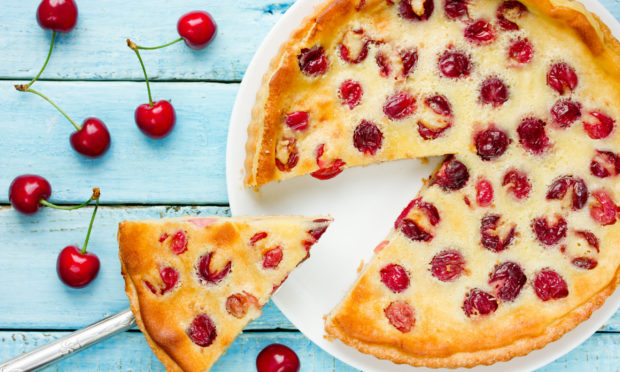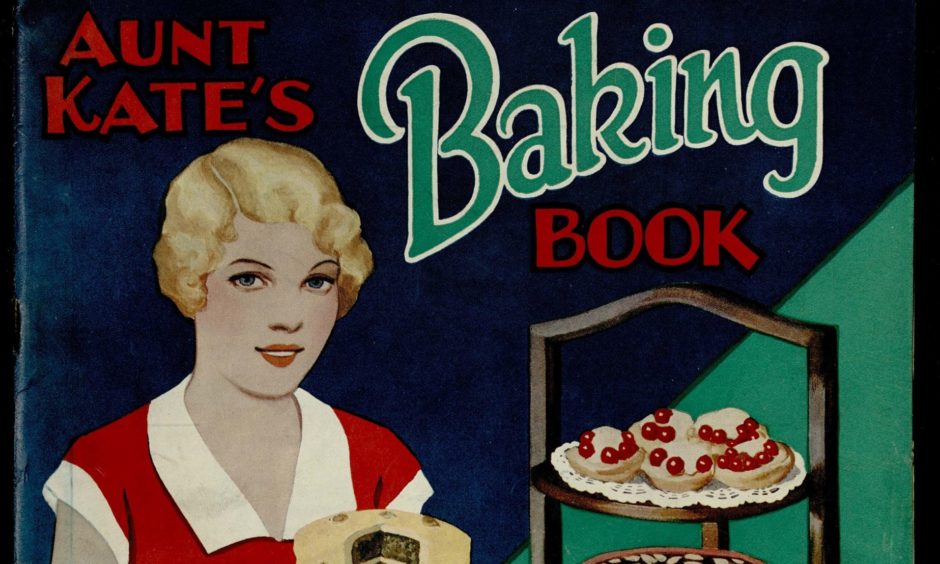Cherries won’t be in season for much longer, so Aunt Kate is here with three traditional recipes to use up the remainder – if they haven’t all been eaten already, that is.
One of the shortest food seasons in Scotland is that of cherries. Only available from the beginning of July for six weeks, they’re truly one of the most signficant signs that summer is here, and Aunt Kate was no stranger to using food in season.
Aunt Kate, the “original domestic goddess”, who wrote for The People’s Journal and later The People’s Friend from 1880 to the 1960s, was best known for supplying readers with her innumerable recipes and household tips.
So many recipes were created by Aunt Kate, which turned out to be a pseudonym, that several cookbooks and baking books were born, such as Aunt Kate’s Baking Book from 1933, from which these recipes come from.
We’ve featured many of Aunt Kate’s recipes over the last few weeks, including lemons, scones, pancakes, chocolate cakes and a “staycation” of sorts.
Below we’ve chosen a mix of her popular recipes that use cherries as the main ingredient such as these really easy cherry gems, a mouth-wateringly delicious cherry cake and some cherry castles that are sure to be a hit with anyone who has a sweet tooth.
If you decide to make any of these recipes, or any from a previous week, we’d love to hear from you – drop us a line at foodanddrink@dctmedia.co.uk.
Cherry gems
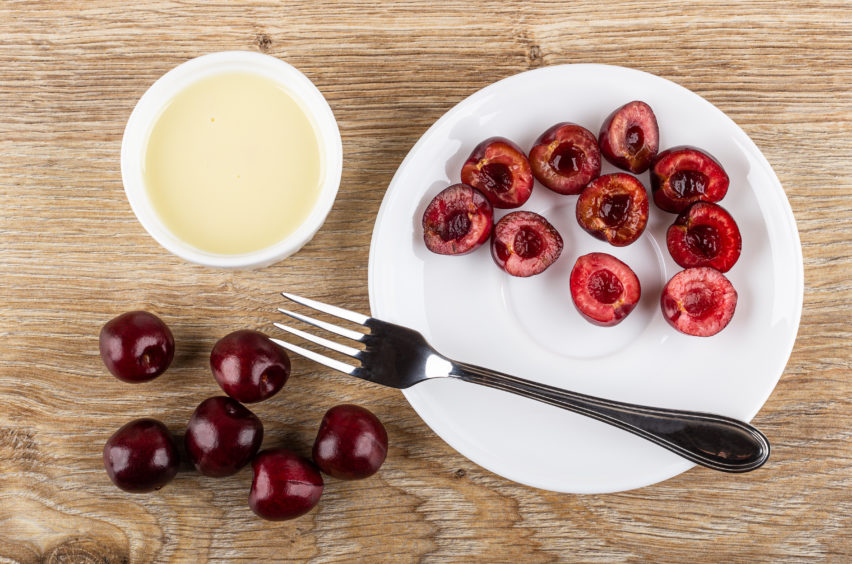
Ingredients
- 1 tin condensed milk
- Desiccated coconut
- Preserved cherries
Method
- Empty the condensed milk into a small bowl and stir in enough desiccated coconut to make a thick paste.
- Turn this on to a slightly sugared board or surface and form the paste into flat, round cakes.
- Place a cherry in the centre of each and bake until lightly browned on a greased tin.
Cherry cake
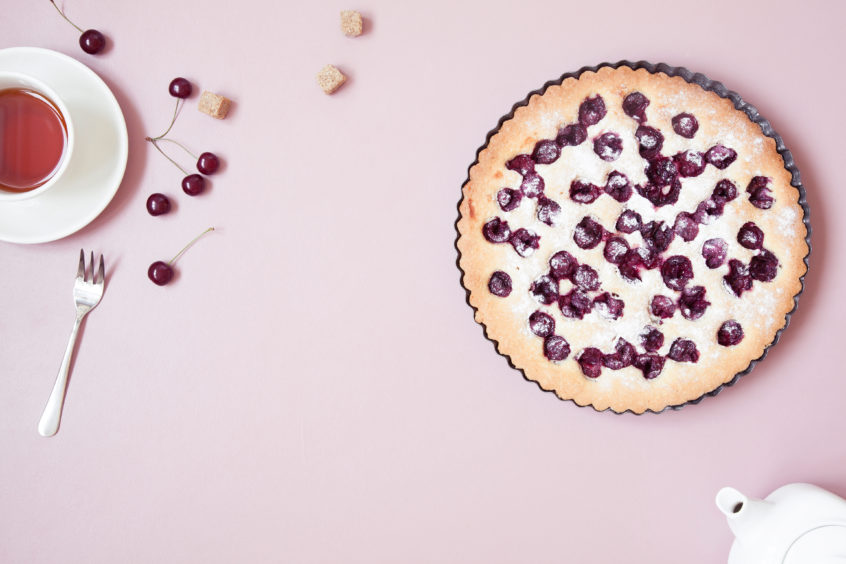
Ingredients
- 8 oz flour
- 1 oz candied peel
- 4 oz butter
- ½ tsp baking powder
- 2 eggs
- 4 oz sugar
- ½ tsp salt
- ½ lemon rind, grated
- 4 oz crystallised cherries
- 3 tbsp milk
Method
- Mix the flour with the salt and baking powder.
- Cream the sugar and butter and add to the rest, with the cherries (floured to prevent sinking), the minced peel, and the lemon rind.
- Whisk the yolks of the eggs with the milk and add.
- When all are well mixed, add the stiffly-beaten whites.
- Place in a buttered tin, dusted with flour and sugar.
- Bake for about two hours in a moderate oven (approx 180-190ºC).
Cherry castles
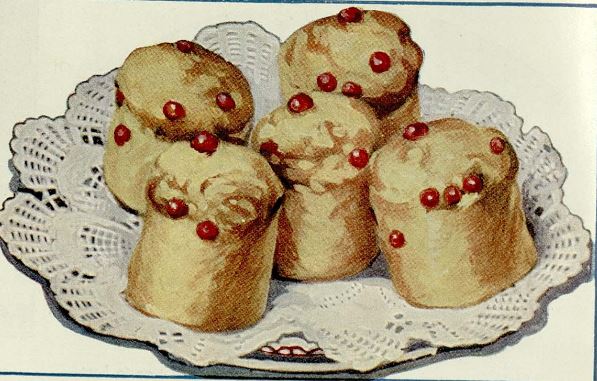
Ingredients
- 3 oz butter
- 6 oz flour
- 1 egg
- ½ tsp cream of tartar
- 3 oz sugar
- ½ teacup milk (approx 75ml)
- 3 oz preserved cherries
- ¼ tsp bicarbonate of soda
Method
- Cream the butter and sugar until soft and smooth.
- Add the egg and a little of the flour, and beat well.
- Mix the cream of tartar and bicarbonate of soda with the rest of the flour.
- Add this gradually to the batter mixture with the milk and halved cherries.
- Bake in high, greased patty tins in a moderate oven (approx 180-190°C).
Read more in this series…
